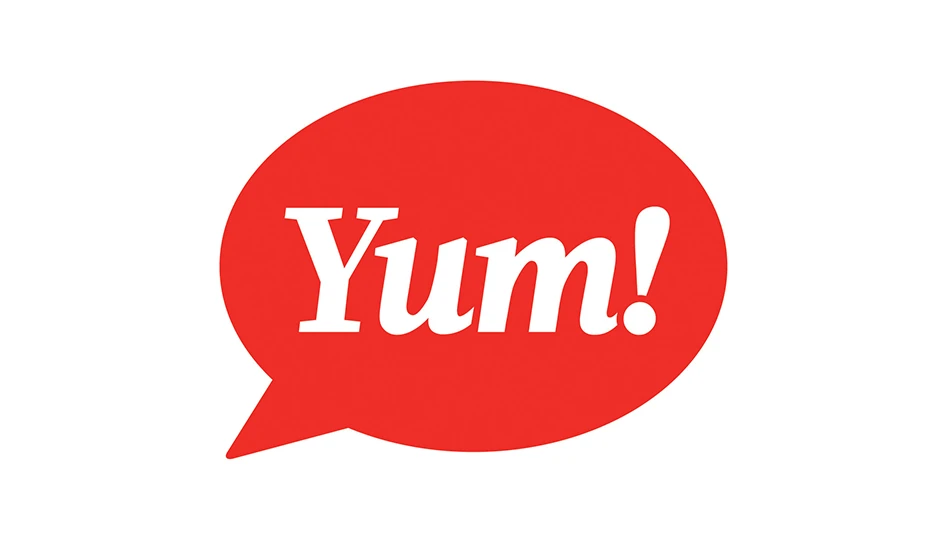
After a career in quality management, I think back on those many times when I wanted or needed to implement something new, replace an old test method with a new method or even buy a new machine for testing. Of course, the first few times were really basic: “We need this, and it will cost $X,XXX.” As you can imagine, that approach didn’t go over very well. I received loads of questions trying to figure out if the new thing will do the job better, faster or in some way save us money. What do we gain by having this new machine or test?
I learned from those experiences that everything must be justified.
In addition, we justify our existence as a quality management department by how we benefit the company. You’ll hear forever that quality is not a profit center — just a business expense. You and I know that quality departments really do save the company money — even though there are costs to having a quality group. With this in mind, I thought I’d share some ideas and tips on developing a cost of quality (COQ) framework.
First, let’s separate COQ from the cost of poor quality (COPQ). COQ is really measuring the costs of managing a quality program that helps to eliminate or reduce poor quality. The COPQ is measuring what the costs are when a failure occurs. I’ll look at each separately.
COQ. We could say this is our quality department budget. This is really appraisal costs and the cost of managing a stated or expected level of failure. (Yes, all companies plan to have some level of failures, albeit a small percentage of production!) This includes labor, testing and evaluation (appraisal) and preventive program management (think about all the quality programs this magazine routinely presents, including HACCP, EMP, specifications, suppliers, allergen, pest control and so forth). It should include the costs of dealing with expected routine internal failures — programs such as your hold and release, rework, disposition, etc. It may also include programs used to manage external failures such as customer complaints, regulatory management and more. Adding up all these expenses can provide you with a COQ. Your COQ can be used to measure improvement in your business activities. It can be COQ dollars per $1 million of earnings or profit. As your COQ changes, you’ll be able to see improvement (or not) in your business operations. Conversely, as your business operations improve, you should see a change in your COQ. Many quality departments use some measure of quality cost/revenue or cost dollars/profit dollars to track the performance of the department and the business. Depending on your company, you may have a target COQ of, say, 15% of sales revenue. This is actually a pretty good number — some companies are higher, some lower depending on your products and product mix.
15%: Depending on your company, products and product mix, 15% of sales revenue might be a good target cost of quality.
COPQ. This tells your team the costs of a particular failure. It can also be used as an annual or budget-cycle tool to capture all the costs in a given time frame. Costs of a failure should include the original cost to make the product (ingredients and materials, labor, overhead, storage fees, etc.), costs of inspecting to separate potentially good from bad product, to destroy or reprocess the poor product, the new ingredients and materials and any labor to make the product again. I like to use COPQ to explain to operations why consistency is needed and to build a relationship with operations staff to improve the processes (prevent, eliminate or reduce the potential for failures). I experienced a company where I developed a COPQ. In the end, we knew that if a failure occurred and a 72-hour production run had to be held and dealt with, the COPQ for that event was going to be at least $1 million. This helped focus the company resources to preventing and eliminating these events.
Both COQ and COPQ are valuable tools to have in your quality toolbox. As quality practitioners, we work every day managing two goals — consistency and continuous improvement. Having measures of quality and quality failures can be useful to explain why a new piece of equipment or new process is needed and what the company will gain from the purchase or implementation.

Explore the November December 2021 Issue
Check out more from this issue and find your next story to read.
Latest from Quality Assurance & Food Safety
- CSQ Invites Public Comments on Improved Cannabis Safety, Quality Standards
- Registration Open for IAFNS’ Fifth Annual Summer Science Symposium
- Leaked White House Budget Draft Proposes Shifting Inspection Responsibilities from FDA to States
- Chlorine Dioxide: Reset the Pathogenic Environment
- Ferrero Group Invests $445 Million in Ontario Production Facility
- Nelson-Jameson Announces Grand Opening for Pennsylvania Distribution Center
- Taylor Farms Linked to Romaine E. coli Outbreak as Marler Clark Files Multiple Lawsuits Against Supplier
- IAFNS Announces Winners of Emerging Leader Awards for Food Safety, Nutrition





